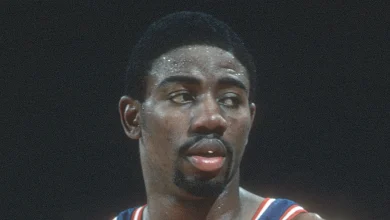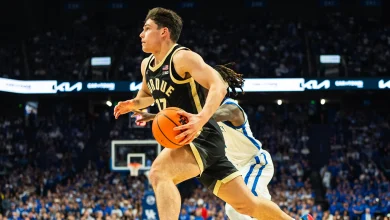The Cut Line Review

On Friday, the Tour aired a one-hour broadcast focused on the cut line at the RSM Classic, the final event of the Fall. With PGA Tour cards on the line, I had high hopes. Here are my thoughts.
WHAT WORKED
• I give the Tour credit for trying something new. A lot of people have asked for this, and it’s great that they listened. We often criticize the Tour for not investing in fan-focused improvements, so we have to acknowledge when they do.
• They did an interview with Justin Thomas that had some good moments despite the tech issues.
• Matt Every can be really good — he told some funny stories, and having been in the position of fighting to keep his status, he can relate to what these players are going through. Unfortunately, he and host Emma Carpenter didn’t have much chemistry, and he didn’t offer much insight.
WHAT FLOPPED
• I can’t sugarcoat it — the coverage was pretty rough. One person I was texting called it “objectively terrible.”
• The broadcast gave us nothing about the players besides the fact that they were near the cut line. There was no context: what a made cut would mean, where they stood in points, or how it would impact their season or career.
• They featured players who weren’t in danger of losing their card or had no chance to earn one. In the final 10 minutes, they followed Adrien Dumont de Chassart, Pierceson Coody, and Peter Knade — even though Coody and Chassart already had their cards locked up.
• There was no backstory on the players — their careers or seasons — and it was clear they didn’t know much about a few of them.
• They interviewed Coody after the round and never mentioned that he had already secured his card.
• During the JT interview, Monday Q Kyle Cottam had a long eagle putt to make the cut. After he missed and faced a meaningless putt, Carpenter asked JT about grinding “in case the cut moves,” despite there being no chance the cut would move.
HOW TO MAKE IT MUST WATCH
• Explain why viewers should care about players most casual fans don’t know. This week that reason was easy: focus on the players fighting to keep their card. Give context — points, implications, starts they may get or lose, etc.
• Stop treating this like a traditional broadcast. Move beyond the standard Host–Analyst–Interview format.
• Bring in Kevin Prise and Sean Martin. Prise is passionate about the grind and covered it incredibly well during his Korn Ferry Tour days; Martin is a golf encyclopedia and can add historical context and scenarios.
• Interview the players who miss the cut and lose their card. It’s part of pro golf, and their perspective brings valuable contrast.
• Keep the coverage focused solely on players near the cut line who are truly in danger of losing their cards. Or if they do this weekly next season, focus on the players’ stories.
CLOSING
These players aren’t just fighting for a weekend tee time. They’re fighting for careers, schedules, and the chance to stay in the big leagues. That’s compelling television, and the Tour has the opportunity to showcase it better than anyone. If they can refine the format and highlight the human side of the cut line, this show could quickly become must-watch.





